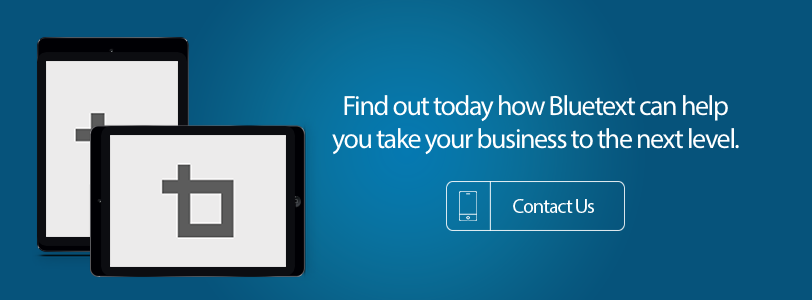You never get a second chance to make a first impression is a phrase that holds true for brands now more than ever before. Invariably, it is your choice of font that can make or break that initial brand experience – a choice that is simultaneously the first and final layer of influence a brand has between the user and the experience itself – and one that has a much louder voice than the words behind it.
Not too long ago, there were only a handful of available fonts – thanks to Google, designers can now choose from thousands – allowing branding agencies to design unique customer experiences that can more accurately reflect and differentiate your brand. As great as this sounds – it has only served to make that process even more challenging – and this has become a critical component of visual language that can no longer afford to be ignored. But there is a lot more you need to consider before making that decision – and that starts with understanding the hierarchical relationship between typeface, typography and font.
The term typeface is used most interchangeably and frequently confused with the term font when in fact typeface is a particular design of type, where a font is a typeface in a particular size, weight or style. To most it is a very personal choice – and my favorite is Helvetica – but with so many awesome fonts in the family – it’s impossible to pick a favorite – as a self-proclaimed font snob, I think it’s just that perfect.
And while typefaces can be categorized into many different sets – within the context of digital branding we need only to consider Serif or Sans Serif – and choosing one versus the other is the very first step in establishing the non-verbal voice of your brand.
Serif Fonts – like Palatino – have a small line or flourish attached to the end of a stroke in a letter, number or symbol and are often used to illustrate establishment and tradition.
Sans Serif fonts – like Helvetica on the other hand – are devoid of these fancy strokes and flourishes making them a first choice among minimalist designers trying to evoke a more modern brand experience.
Typography is the art and technique of arranging type in order to make the language it forms most appealing to the user’s overall experience. Wikipedia defines it as an art form that can manipulate the significance of what it communicates – a definition that most digital first branding agencies like Bluetext might consider the holy grail of developing a brand identity. You need to consider very carefully how typography will fit into your overall brand architecture – it’s hard to imagine many scenarios where your brand will is not going to rely on it to make that critical first impression. To learn how to make a great first impression, reach out today:
